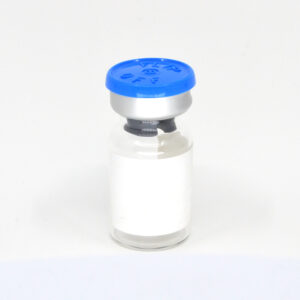
TEAC Assay
The TEAC assay is used to determine whether the tested sample has antioxidant properties. In this assay, a substance whose antioxidant activity has to be determined is compared with a known antioxidant: Trolox. A radical solution, ABTS•+ radicals, is prepared by adding ABTS and K2O8S2 and letting is react for 12 to 16 hours. ABTS•+ radical cations absorb light at a wavelength of 734 nm. This absorption decreases as soon as an antioxidant is added, forming a colorless product (see figure below). The extent to which this absorption decreases determines the antioxidant capacity of a given sample, which in this assay kit is compared to Trolox.

Description
The trolox equivalent antioxidant capacity (TEAC) assay originated as a straightforward method for assessing total antioxidant capacity (TAC) without the need for complex procedures. This assay evaluates the capability of antioxidants to counteract the stable radical cation ABTS+ (2,2′-azinobis(3-ethylbenzothiazoline-6-sulfonic acid)), a blue-green chromophore with peak absorption at 734 nm, which diminishes in intensity when antioxidants are present. Antioxidants can deactivate the ABTS+ radical cation produced from ABTS either through direct electron donation, thereby reducing it, or by intercepting radicals through hydrogen atom donation. The relative contribution of these mechanisms is typically influenced by the structure of the antioxidant and the pH of the solution.
Contents of the kit
- · Trolox Standard for stock solution, in amber vial
- · ABTS (2,2′-azino-bis(3-ethylbenzothiazoline-6-sulphonic acid)); in amber vial
- · Potassium persulfate; in amber vial

Additional information
| Amount | 1 kit |
|---|






